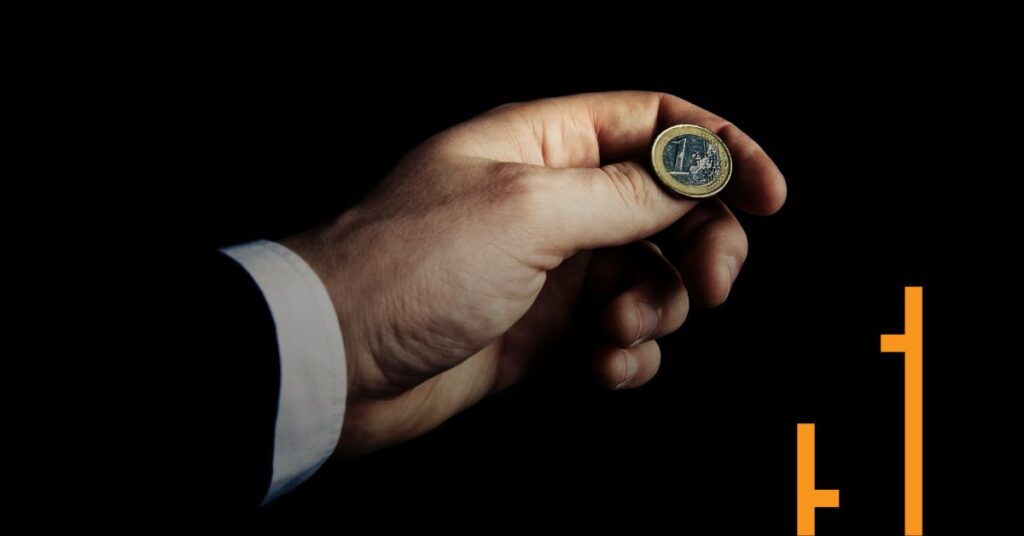
The Gambler’s Fallacy
If you flip a coin and land five heads in a row, what is the probability the next toss will be heads? You throw a die five times and roll a six each time, what is the probability the next roll will land a six? A leading market index has made significant gains ten weeks in a row, then surely the rally is due to collapse any day now, right?
The answer to the first two questions is simple; the chance of throwing another heads is 50/50, and the chance of rolling another six is one in six. This is because each event (coin flip or throw of the die) is statistically independent of the event which occurred before it. The result of one flip or throw has no impact on the next.
Our human intuition, however, wants us to disagree with this, which makes sense, because throwing six heads in a row is incredibly unlikely (a 1 in 64 or 1.56% chance for those curious). But this of course does not change the fact that within those six flips, each event has a 50/50 chance of landing heads side up. The belief that an event occurring more frequently than expected reduces the chance of the event subsequently occurring is known as the Gambler’s Fallacy, or the Monte Carlo Fallacy.
In the trading world, investors often get nervous as a streak of upward momentum continues beyond what was expected. There is often talk of a reversal being overdue. This doubt can of course come from genuine market analysis or economic data, but it can often come from a vague hunch that “the good luck can’t possibly continue”. This works in the opposite direction as well; five weeks of decline means we’ll surely hit bottom soon, right?
When trading, it’s important to remove emotional factors such as the gambler’s fallacy from your process. This is why our personal trading systems are rooted in algorithmic or computed-based trading. A computer program will never have a hunch about something.
If you’re interested in starting to develop your own trading strategies, consider our Beginner’s Guide to Building Trading Systems to get started.

